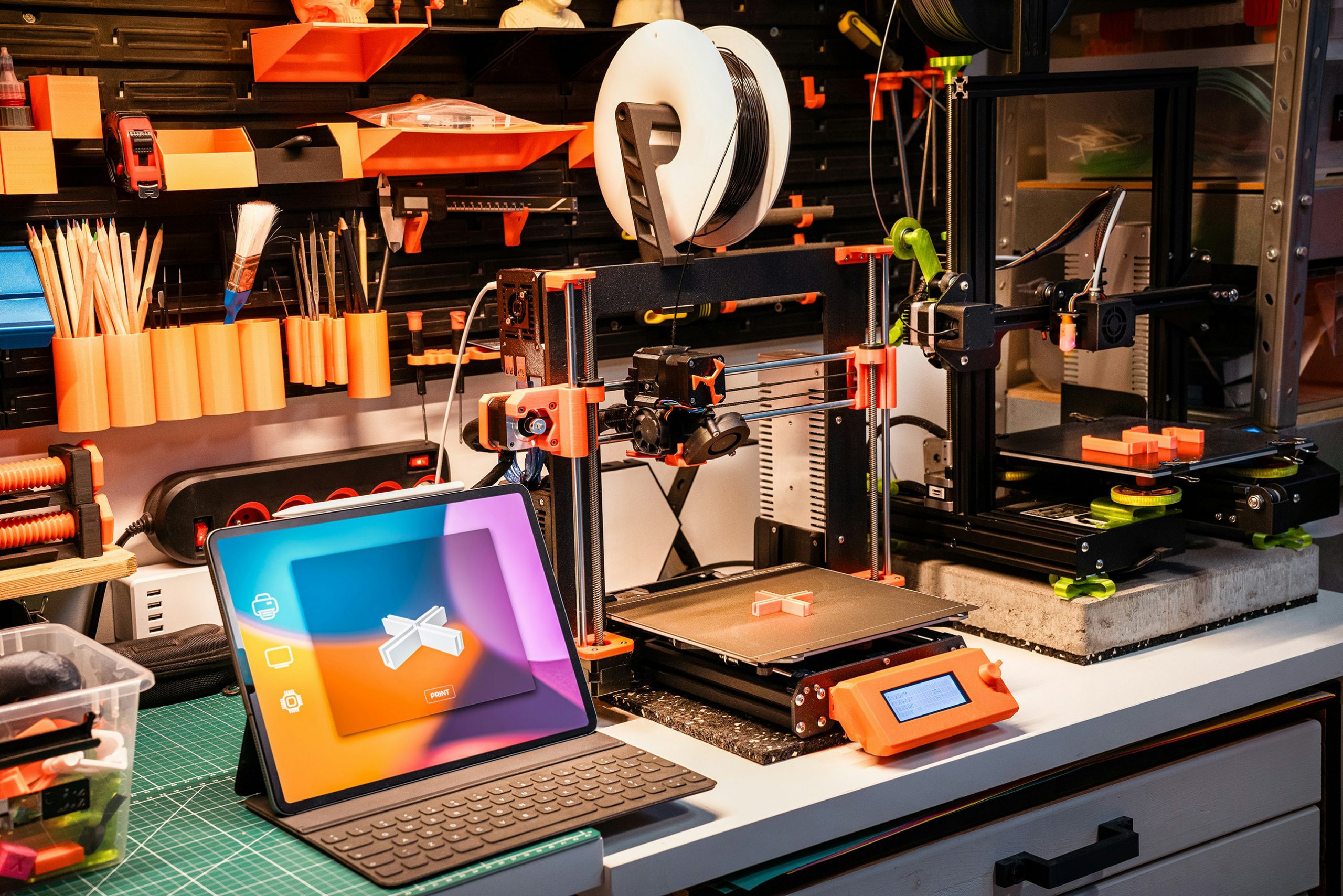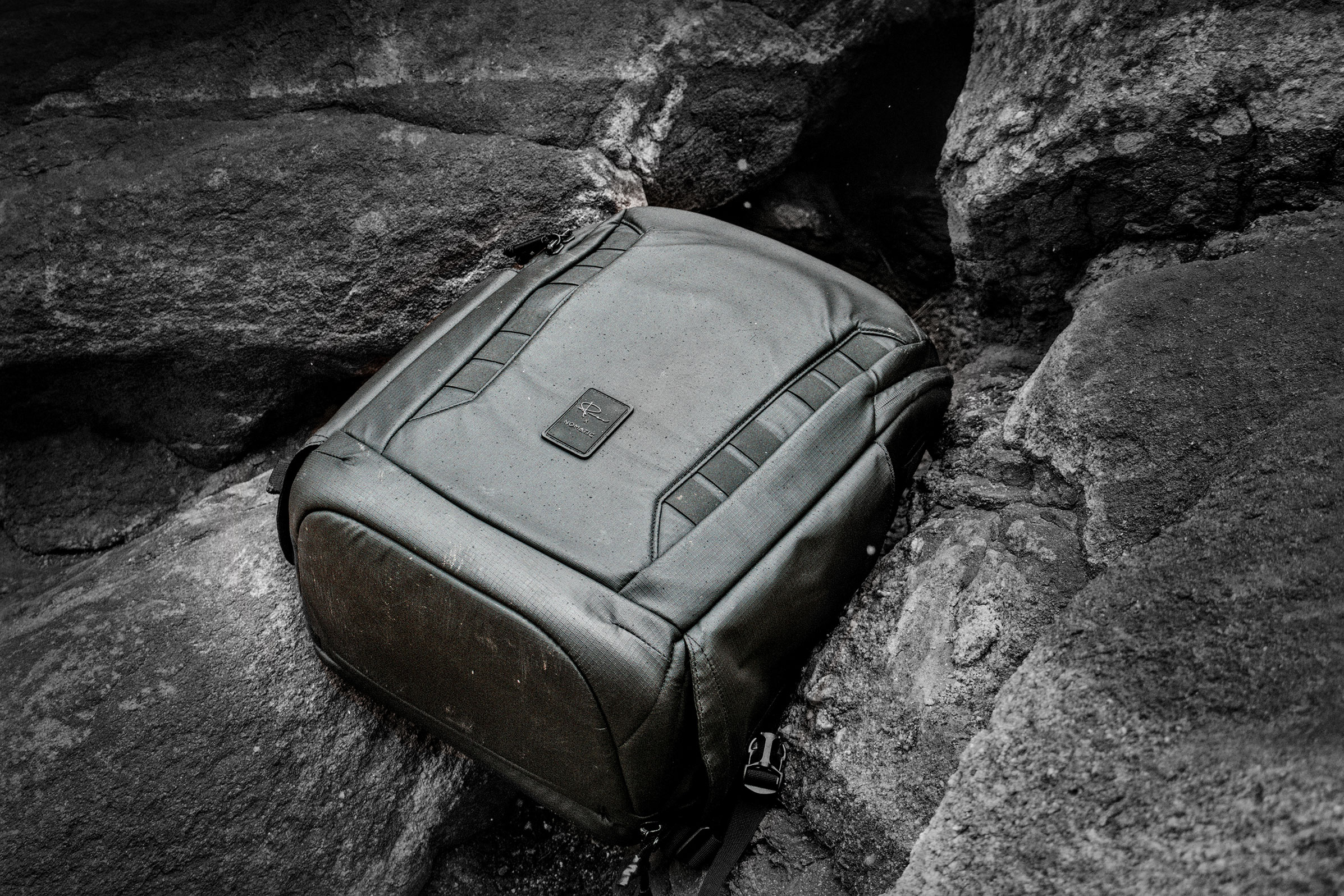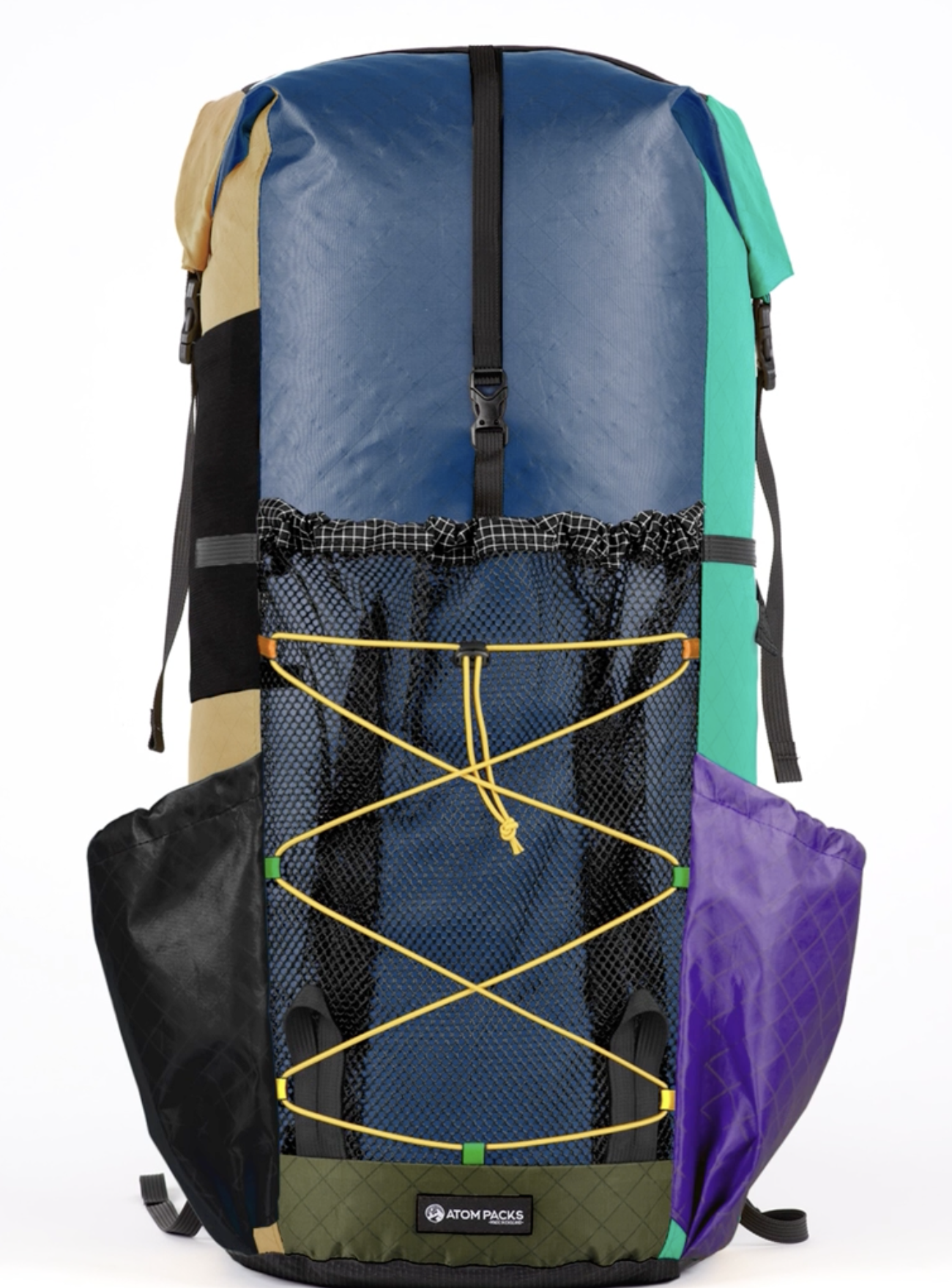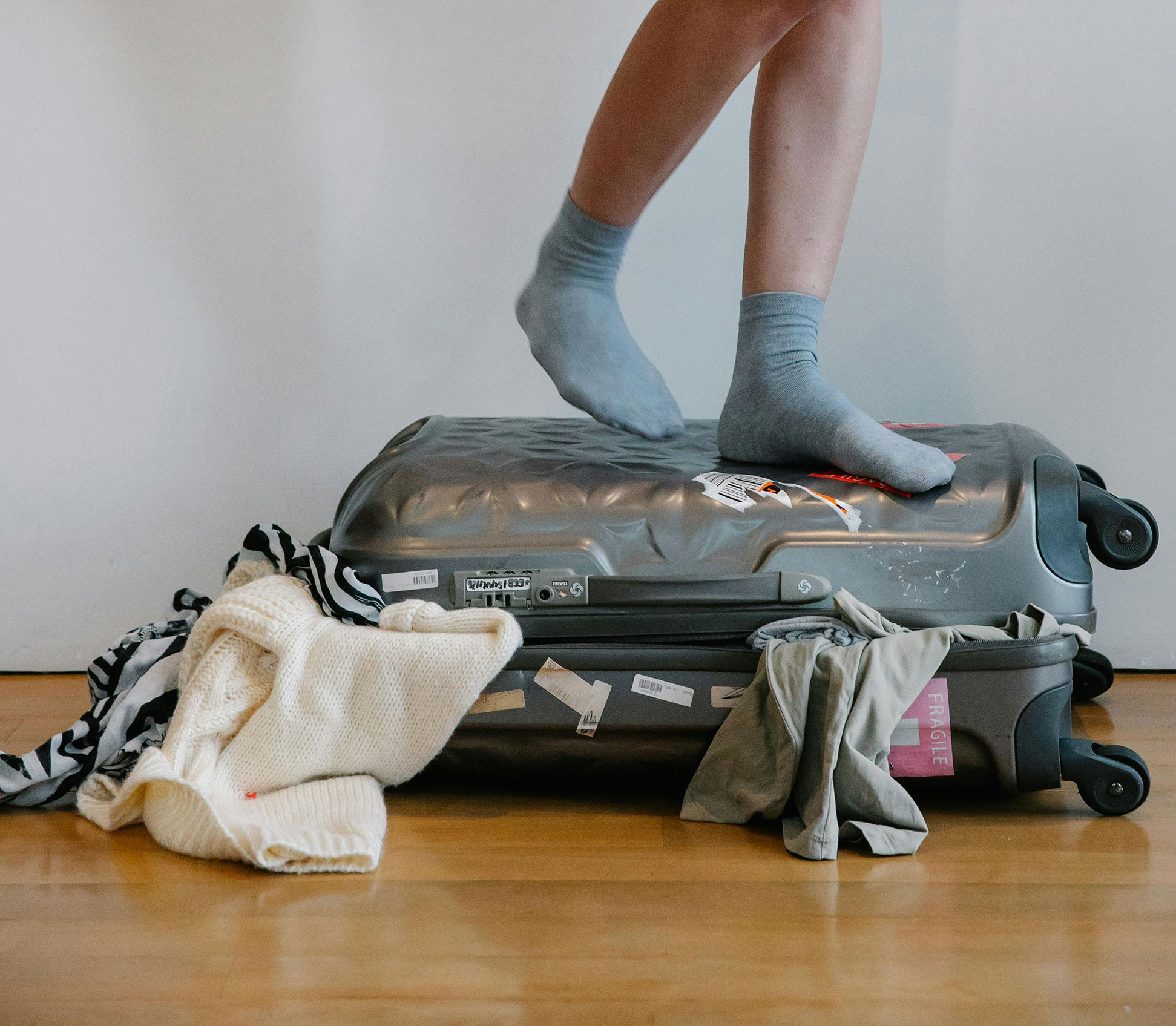From Sci-Fi to Store Shelves: How 3D Printing is Changing Bag Production
Imagine sitting down and designing your dream bag on your computer, then watching it come to life in hours, layer by layer, thanks to a machine. No cutting material, no sewing, and zero waste. Sounds like a movie, right? Well, it’s 2025, and 3D printed bags are becoming a real thing in the fashion and manufacturing worlds.
But here’s the big question that’s on everyone’s mind: will 3D printing totally transform how bags are made, or is it just another fad? The truth is more interesting than you might think.
3D Printing is More Than Just Toys
3D printing isn’t just about making plastic toys anymore. Now, it can make things like plane parts and fancy clothes.
Back in October 2024, a French brand called Coperni showed off their Ariel Swipe bag, made with fast 3D-printing at Disneyland Paris. It proved that 3D printing has gone big time when it comes to luxury fashion.
The bag was made using something called Rapid Liquid Printing (RLP), created by the Self-Assembly Lab at MIT. The cool thing is that the whole bag was printed in just minutes, which shows how fast 3D printing can be.
How Bags Are Usually Made
To see why 3D printing is such a big deal, let’s look at how bags are traditionally made. The usual process involves designing, making patterns, getting materials, cutting, sewing, putting things together, checking quality, and shipping. Each step takes special tools, skilled people, and a lot of time.
This way of doing things has been around forever, but it has its downsides:
- Waste: Traditional cutting can waste 15-20% of materials.
- Lots of Work: You need trained workers.
- Starting Costs: New designs mean new patterns and tools.
- Big Orders: can have large orders.
- Hard to Manage: too many suppliers, complicated shipping, and complex stock control.
This is where 3D printing comes in, promising to change the whole game.
Why 3D Printing is Getting Attention
No Waste
3D printed bags make no waste because they use only what’s needed. With everyone caring more about the environment, this is a huge win. No extra material or overproduction.
Make it Your Own
Think about letting customers change everything about their bag – size, color, material, pockets, even add their name – without extra costs. 3D printing makes this possible.
Fast Design
Making a bag model the old way can take weeks and cost a lot. With 3D printing, designers can try out new ideas in days or even hours, which means faster innovation.
Made When Ordered
maybe the most important thing is making bags only when someone orders them. No more full storage, no more guessing what to produce. Things are made exactly when needed.
Who’s Making 3D Printed Bags?
The 3D printed bag market is already here, with companies selling them:
High-End Fashion
Besides Coperni, luxury brands are testing 3D printing. They like that they can make unique shapes and textures that are impossible to make the normal way.
Online Sellers
JK3D is a new brand leading the way with 3D-Printed Fashion and sustainable materials. These companies are building their business around 3D printing, targeting people who care about innovation and the environment.
DIY Platforms
MakerWorld’s 3D printed bags section has cool and useful designs with strong and eco-friendly 3D printed bags, from handbags to backpacks. Anyone with a 3D printer can now make bags that look professional.
Specialized Designers
Companies like XYZBAG combine tech and manufacturing to make unique plastic items for special events. These companies are finding new products that weren’t possible before 3D printing.
How 3D Printing Has Changed
Early 3D printed bags were made of basic plastic that didn’t look or feel great. But things have gotten much better:
Better Plastics
Modern 3D printers can use flexible materials that feel like leather. These plastics can be made waterproof, UV-resistant, or even able to heal themselves.
Printing with Different Materials
Now, you can print with different materials at once, making bags with strong frames and flexible sides, or with different colors in one piece.
Eco-Friendly Materials
More and more, 3D printing uses materials that are bio-based and can break down naturally. Some are made from recycled ocean plastic or even algae.
Adding Metal
Some printers can add metal parts while printing, so you can have built-in hardware or decorations without having to assemble them later.
The Problems with 3D Printing
Even though 3D printed bags are exciting, they can’t completely replace traditional manufacturing just yet. Here’s why:
Not That Fast
Even though Coperni’s printing was fast, most 3D printing is still slower than normal production. Printing one bag can take hours, while a factory can sew many in the same time.
Limited Materials
Traditional bags use materials that have been developed for centuries. Real leather and other nice fabrics still feel better than what’s possible with 3D printing.
Expensive
For making a lot of items, traditional manufacturing is still cheaper. 3D printing is good for small orders and customization, but not for large-scale production.
What People Think
Some people still think of 3D printed products as cheap. It will take time and good products to change this view.
Complicated
3D printing takes different skills than traditional manufacturing. It can be hard for designers to learn.
3D Printing and Sustainability
sustainable argument is that 3D printed bags are sustainable. The fashion industry needs to be more eco-friendly, and 3D printing can help:
Local Production
Instead of making bags far away and shipping them, 3D printing allows local production. You could order a bag and have it printed in your city.
Reuse
3D printed bags can be designed to be fully recyclable. When you’re done with a bag, it can be ground and reprinted into something new.
Less Waste
3D printing makes almost no waste and produces items on demand, which means less resources are needed.
The Future: Working Together
Instead of replacing traditional manufacturing, 3D printing will likely work with it:
Custom Bags
High-end bags where unique designs justify the cost and time.
Quick Design
Using 3D printing to test designs before making them the traditional way for mass production.
Small Orders
Limited editions or special items where flexibility is more important than cost.
Making Parts
Using 3D printing for parts like buckles while making the rest of the bag normally.
Fixing Bags
3D printing replacement parts for bags to make them last longer.
What to Expect in the Future
By 2025, we’ll see better materials for 3D printing, allowing for more customization. Experts expect that:
Printing Will Be Faster
New tech will make printing much faster, competing with traditional methods.
Quality Will Improve
Better materials and printing will make 3D printed bags just as good as traditionally made ones.
Costs Will Go Down
As 3D printing gets better, it will become cheaper.
More Brands Will Use It
Big brands will start selling 3D printed products.
What This Means for You
For customers, 3D printed bags have exciting possibilities:
Design Your Own
Design a bag from scratch or change existing designs to fit your needs.
Shop Sustainably
Support brands that reduce waste and reuse materials.
Get Items Fast
Order a bag and pick it up the same day locally.
Unique Products
Get designs and features that aren’t possible with traditional manufacturing.
Be a Designer
Help design your products.
Who Wins and Loses
The move toward 3D printing will affect different parts of the industry:
Winners
- Tech companies making 3D printing tools
- Material suppliers
- Design-focused brands
- Local manufacturers
- People who want unique, sustainable products
Challenges
- Traditional manufacturers who have invested a lot in old equipment
- Areas that rely on large-scale manufacturing
- Retailers that sell things from stock
- Brands that focus on low prices
Advice for the Industry
For Manufacturers
Start trying out 3D printing now, even in small ways.
For Designers
Learn 3D modeling.
For Retailers
Think about how on-demand manufacturing might change your business.
For Consumers
Be open to new materials.
Conclusion
Will 3D printed bags replace traditional manufacturing? Maybe, but not completely. 3D printing will take over parts of the market, like customization and sustainable products.
The real change is how it’s changing our relationship with manufacturing, making design easier for everyone and creating personalized products.
Traditional manufacturing will still be around, but it’s changing. The companies that do well will use both traditional and new technology to create products that are beautiful and sustainable.
For you, this means more choices and the chance to help design. The bags you own in 10 years might be very different from today.
The future of bag manufacturing is about using all the tools we have to make better products for a better world.
Want to see 3D printed bags? Check out the new designs and imagine the future.
#3DPrintedBags #3DPrinting #SustainableFashion #FashionTechnology #BagManufacturing #FutureOfFashion #TechFashion #EcoFriendlyBags



